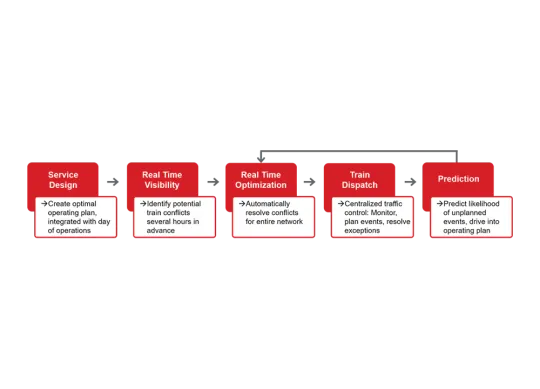- Locomotive
-
Freight Car
- Freight Services
- Digital Intelligence
-
Transit
RAIL COMPONENTS
Overview Braking Systems Couplers & Draft Gears Door & Access Solutions Electrical Solutions HVAC & Comfort Systems Power Collection Power & Auxiliary Energy Solutions Sanitation Systems Suspension & Vibration ControlBUS COMPONENTS
Overview Bus Components Doors & Accessibility E-Bus Charging Electric Power Collection Passenger Information & Vehicle SecurityDIGITAL INTELLIGENCE
Radar AIC Event Recorders iSmart Display Passenger Information & Video SecuritySERVICES
Transit Services - Mining
-
Adjacent Solutions
Adjacent Solutions
RAIL INFRASTRUCTURE
Overview Track Products & Materials Signal Wayside Components Vehicle Equipment Electric Power SupplyHEAT TRANSFER & ENERGY SOLUTIONS
Overview Diesel & Gas Engine Cooling Generator, Motor & Transformer Coolers High Temperature Applications
This website no longer supports the Internet Explorer web browser.
Microsoft is retiring and will no longer support Internet Explorer. Please use another web browser to access this website.
Main Menu

Optimizing the Network:
Taking Precision Scheduled Railroading to the Next Level
by Ken Kenjale and Dharma Acharya
A five-step playbook to help railroads realize the benefits of network optimization and automation
Freight railroads, by their very nature, are systems of interconnected assets. A typical class 1 railroad operates over 1,000 trains per day using thousands of locomotives, moves millions of carloads per year, and utilizes thousands of employees – all across a track network that spans tens of thousands of miles. Because of the immense scale and the limits of human capacity to comprehend the network implications of decisions made out of millions of possible options, decisions made by individual dispatchers for their territories may result in sub-optimal performance at the network level. In short, what is good for one territory may have cascading negative impacts on other territories.
Precision-scheduled railroading (PSR) has enabled great financial success at North American railroads. While individual railroads implemented elements of PSR uniquely, they generally all shared a common strategy to optimize key assets and maintain a strict operating plan. The result: improved operating efficiency.
So, what is next? How do railroads build on the success of PSR? The answer lies in the network. There is a compelling opportunity to be realized by rethinking how to operate the network for optimum performance, maximize asset utilization, and drive growth – to take precision scheduled railroading to the next level.
Customer Benefits
Why Optimize the Network?
Increase network fluidity
Through improved operating plan and automatic detection and resolution of conflicts across the entire network
Improve on-time performance
Through increase in network velocity, reduced train miles, fewer unplanned events
Reduce costs
Through reduction in expired crews, increased asset utilization, and efficient operating plan
Expand market share
Through improved service and performance
Network Optimization & Automation
Wabtec’s Five-Step Playbook
To help railroads realize the benefits of network optimization, Wabtec has developed a playbook that enables a phased approach with sequential steps. Each phase chronologically aligns to work railroads are doing today with clear tactical goals. A key advantage is that railroads can jump in at any step and drive immediate incremental improvements, minimizing risk and ensuring return on investment. Ultimately, railroads can use this playbook to map out a strategy to achieve a truly optimized and automated network.

The Five Steps:
- Step 1: Service Design
- Step 2: Real Time Visibility
- Step 3: Real Time Optimization
- Step 4: Train Dispatch
- Step 5: Prediction

By optimizing the performance of the rail network
Railroads can reduce cost, improve on-time performance, and increase predictability
Railroads leveraging this strategy recognize that transforming the performance of the rail network is not an event, but a journey that can be executed in logical steps – from planning in Service Design to execution in Train Dispatch. Ultimately, it represents an opportunity for growth and competitive advantage: Railroads that optimize their networks can deliver greater levels of service, grow their customer base, and take precision scheduled railroading to the next level.